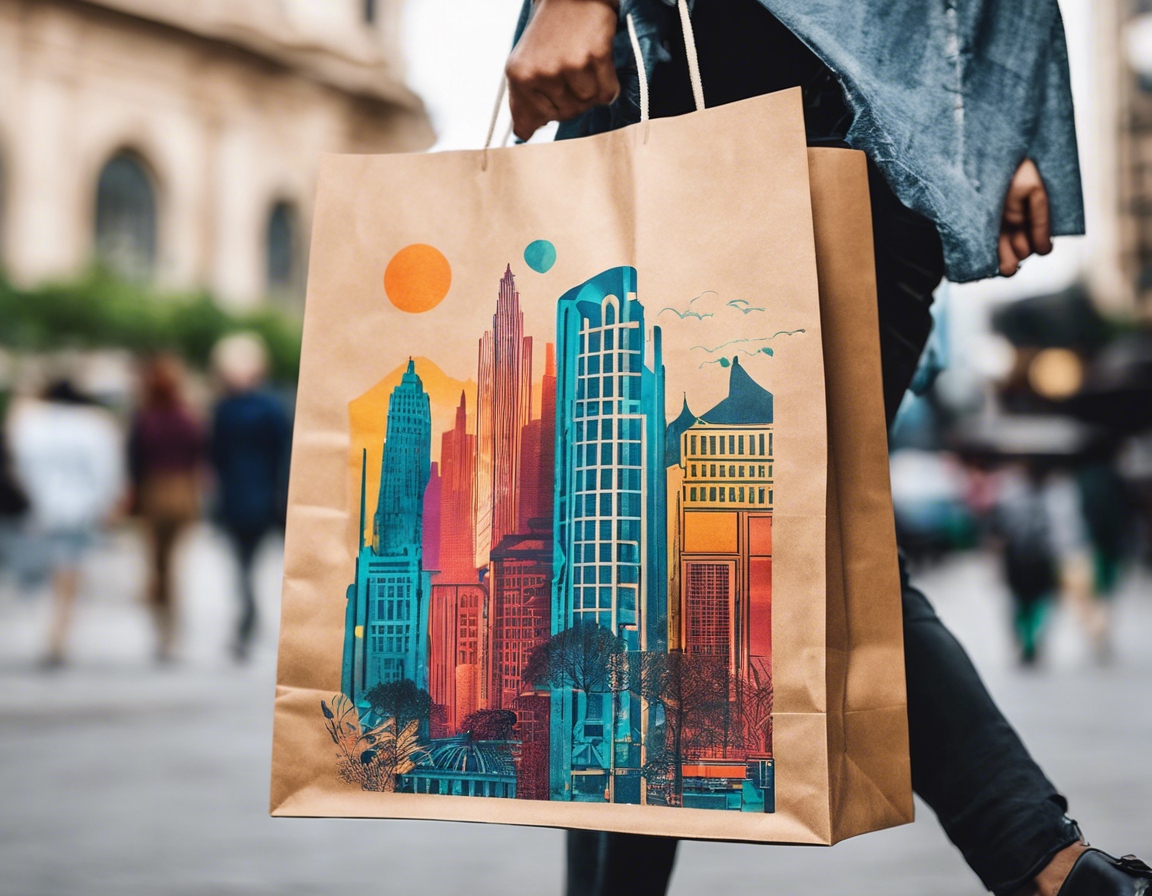The art of printing on special materials
In the ever-evolving world of printing, the demand for unique and customized solutions has led to the exploration of printing on special materials. This art form not only enhances the aesthetic appeal of printed products but also offers businesses and individuals the opportunity to stand out in a crowded marketplace. At IBRANDZY OÜ, we specialize in providing high-quality printing solutions that cater to the needs of our clients, ensuring creativity, precision, and sustainability in every project.
2. Understanding Special Materials
Special materials encompass a wide range of substrates that go beyond traditional paper. These include textiles, metals, plastics, wood, glass, and more. Each material offers unique properties that can be leveraged to create stunning visual effects and tactile experiences.
Printing on special materials can significantly enhance the impact of your printed products. These materials often provide superior durability, unique textures, and the ability to create eye-catching designs that are not possible with standard paper. Additionally, they can be tailored to specific applications, making them ideal for marketing, events, and personal projects.
3. Techniques for Printing on Special Materials
Digital printing is a versatile technique that allows for high-quality prints on a variety of special materials. It is particularly effective for short runs and custom designs, offering quick turnaround times and precise color reproduction.
Screen printing is a traditional method that is well-suited for printing on textiles and other materials with uneven surfaces. It provides vibrant colors and excellent durability, making it a popular choice for apparel and promotional items.
UV printing uses ultraviolet light to cure inks instantly, allowing for printing on non-porous materials such as glass and metal. This technique offers exceptional color vibrancy and resistance to fading, making it ideal for outdoor applications.
4. Challenges in Printing on Special Materials
One of the primary challenges in printing on special materials is ensuring compatibility between the ink and the substrate. Different materials require specific inks and treatments to achieve optimal adhesion and print quality.
Achieving accurate color reproduction can be challenging when printing on special materials, as the substrate's color and texture can affect the final appearance. Advanced color management techniques are essential to ensure consistency and precision.
Ensuring the durability and longevity of prints on special materials is crucial, especially for applications exposed to harsh environments. Selecting the right combination of materials and printing techniques is key to achieving lasting results.
5. Environmental Considerations
As environmental concerns continue to grow, the use of sustainable materials in printing has become increasingly important. Many special materials are now available in eco-friendly options, reducing the environmental impact of printed products.
Eco-friendly inks and printing processes are essential for minimizing the ecological footprint of printing on special materials. Water-based and UV-curable inks are popular choices for their low VOC emissions and reduced environmental impact.
6. Applications of Special Material Printing
Printing on special materials offers unique opportunities for marketing and branding. From eye-catching signage to custom promotional items, these materials can help businesses create memorable and impactful brand experiences.
Special material printing is ideal for events and promotions, where creating a lasting impression is crucial. Custom banners, displays, and giveaways can be tailored to fit the theme and style of any event, enhancing the overall experience for attendees.
For individuals seeking to add a personal touch to their projects, printing on special materials offers endless possibilities. From personalized gifts to unique home decor, these materials allow for creativity and customization that reflect personal style and preferences.








Comments (0)